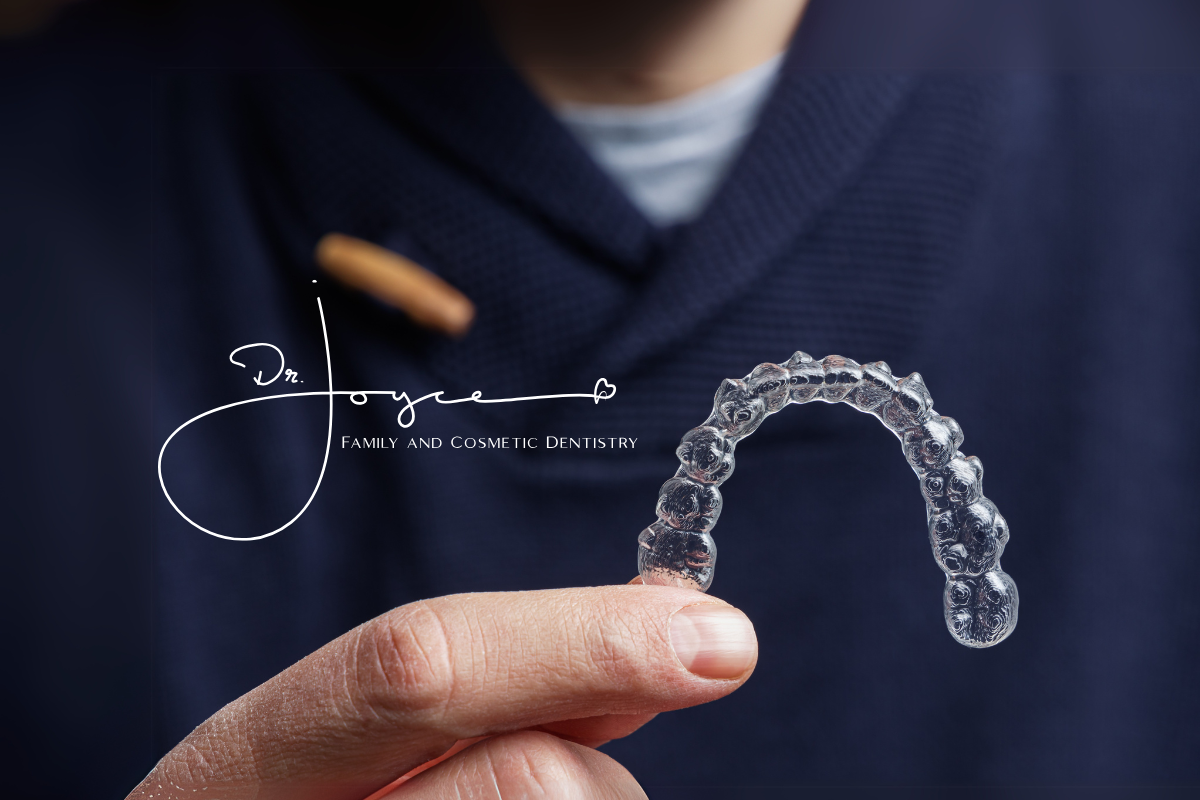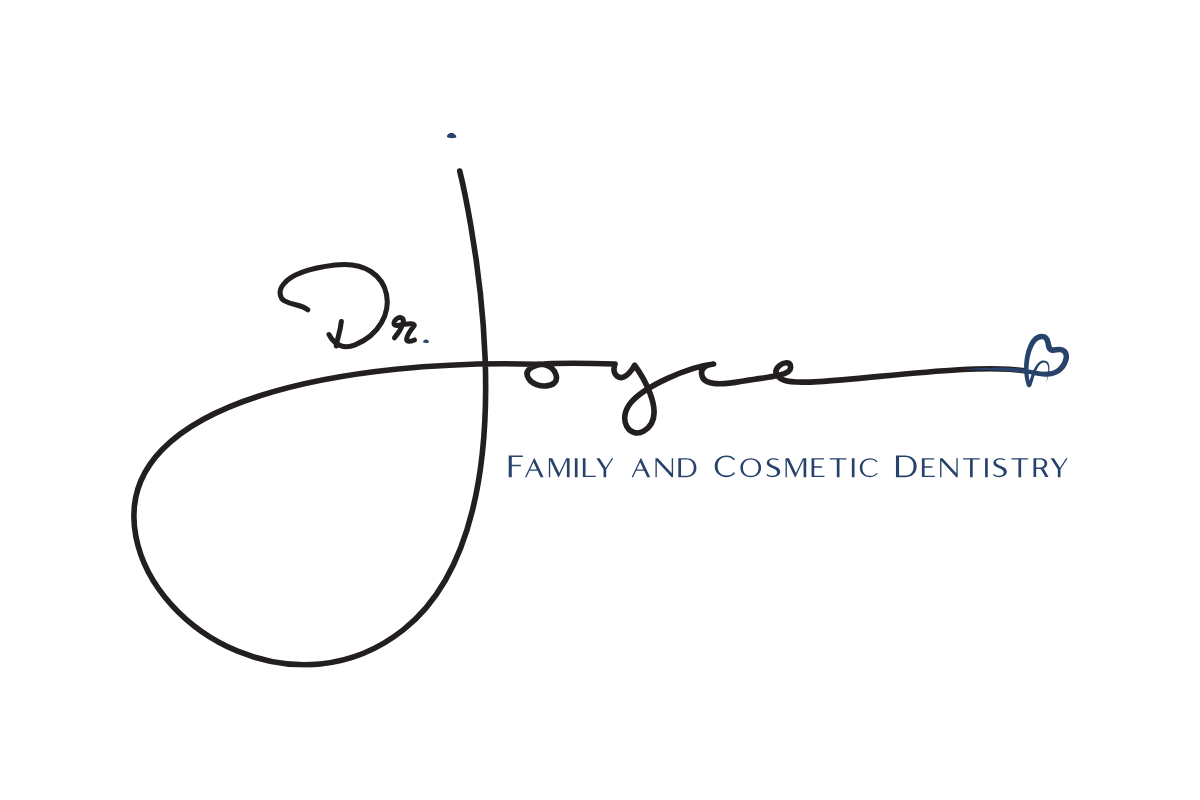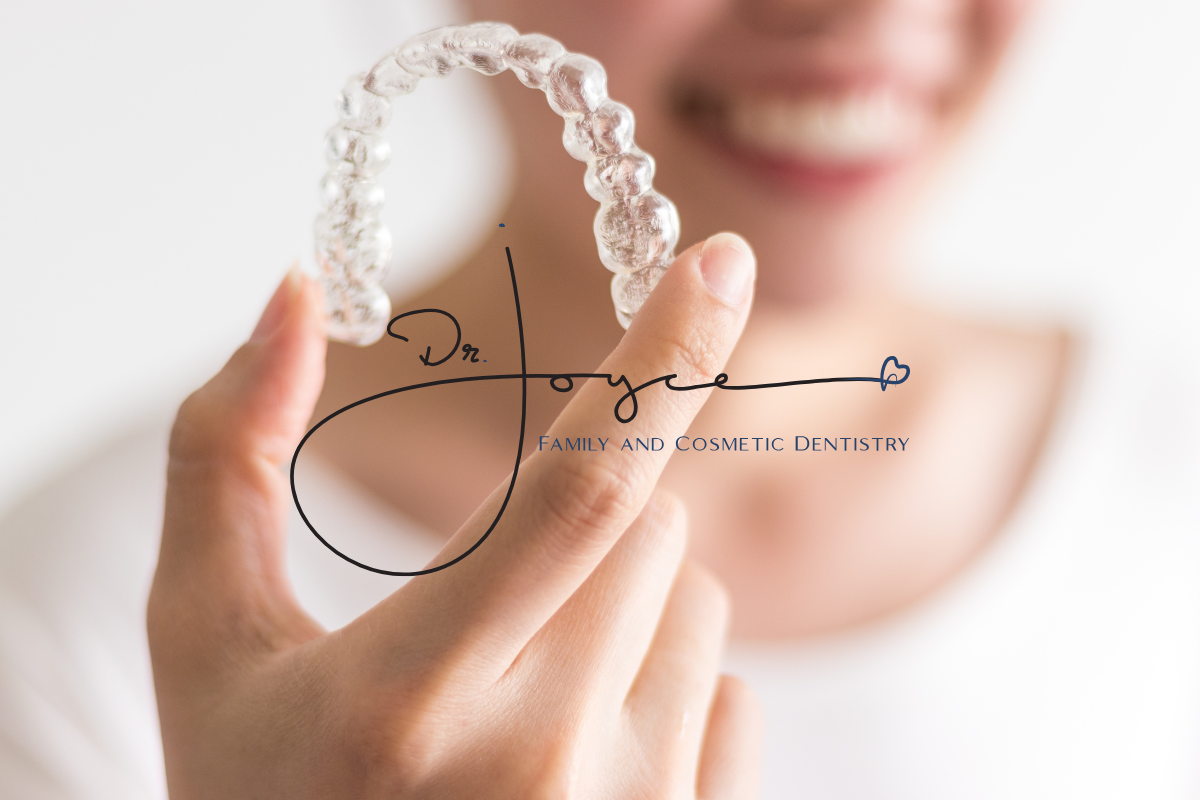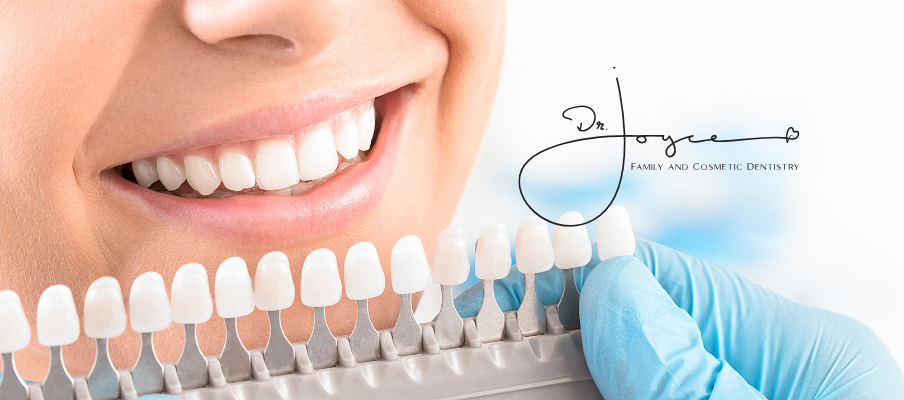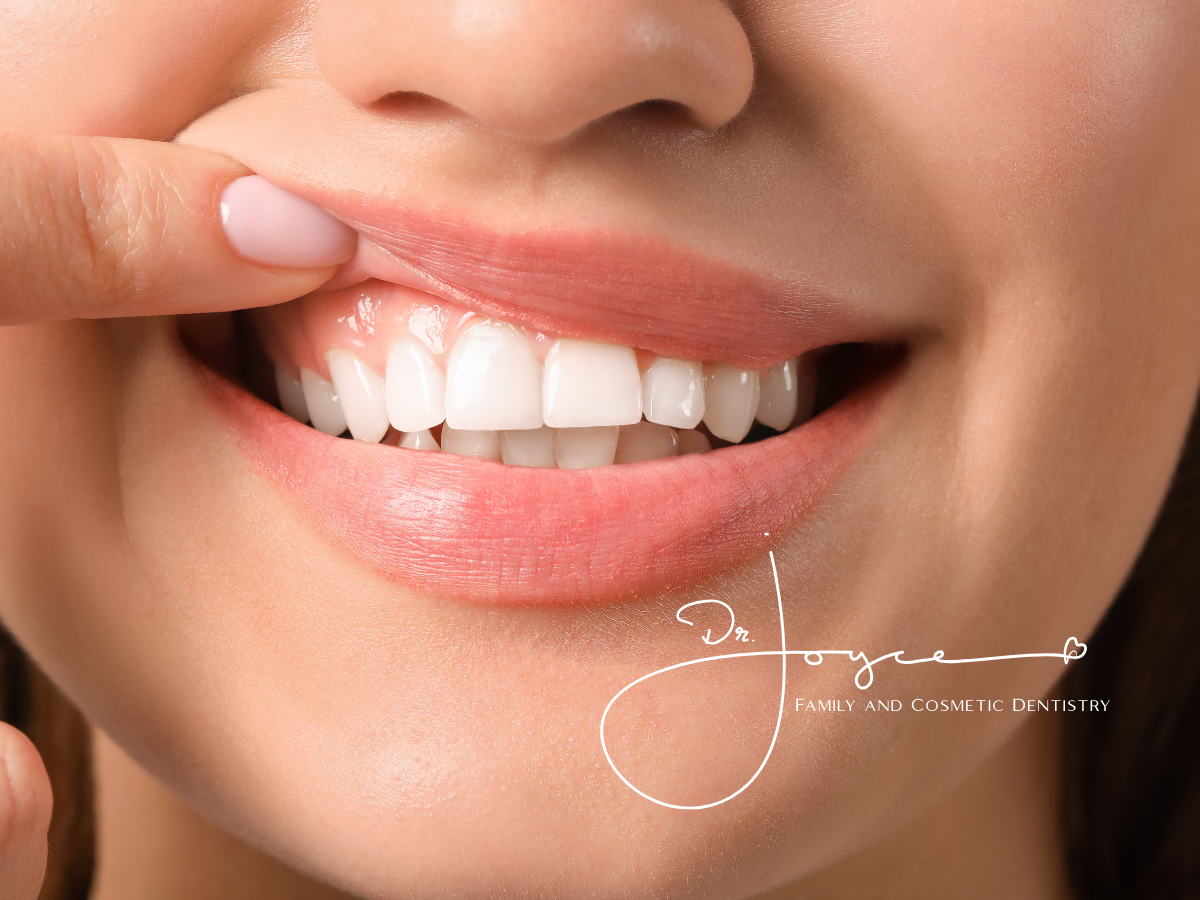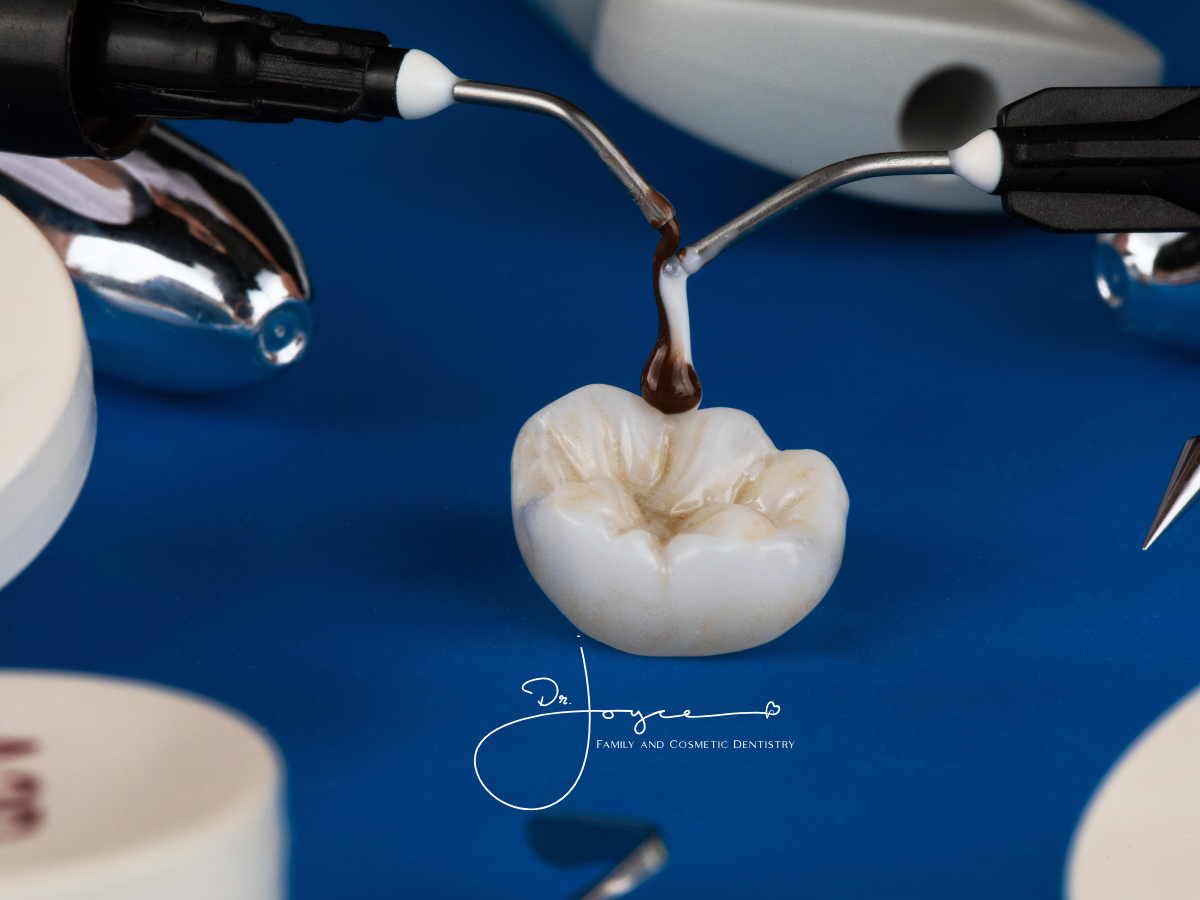Got Teeth Misalignments? Invisalign Them Away!
Understanding Teeth Misalignments
Common Causes of Misaligned Teeth
Misaligned teeth can result from various factors. Some people inherit alignment issues through genetics, while others develop them due to habits or external factors. Here are some of the most common causes:
- Genetics – Some individuals are naturally predisposed to crowded or crooked teeth.
- Childhood Habits – Prolonged thumb-sucking or pacifier use can lead to misalignment.
- Tooth Loss – Losing baby teeth too early or too late can disrupt proper alignment.
- Jaw Development Issues – Some people’s jaws grow unevenly, causing bite misalignment.
Impact of Misalignments on Oral Health
Teeth misalignment isn't just about appearance—it can have serious consequences for oral health:
- Difficulty Cleaning – Crowded or overlapping teeth can trap plaque and bacteria, increasing the risk of cavities and gum disease.
- Chewing and Speaking Issues – A misaligned bite can make eating uncomfortable and even impact speech.
- Jaw Pain and Headaches – An uneven bite may cause strain on the jaw, leading to discomfort and tension headaches.
If you struggle with any of these issues, clear aligners for misaligned teeth like Invisalign could be the solution.
The Invisalign Solution
How Invisalign Works
Invisalign uses a series of custom-made, clear plastic aligners to gradually shift teeth into alignment. The process involves:
- Custom Treatment Plan – Your dentist will take X-rays, impressions, and digital scans to create a personalized treatment plan.
- Aligner Fitting – You'll receive a series of clear aligners, changing them approximately every two weeks.
- Regular Check-Ups – Every 6-8 weeks, your dentist will monitor progress and make necessary adjustments.
Unlike traditional braces, Invisalign aligners are discreet, removable, and comfortable, making them a popular choice for a Westwood Cosmetic Dental.
Benefits of Choosing Invisalign
- Virtually Invisible – The clear plastic aligners are hardly noticeable.
- More Comfortable – No metal wires or brackets to cause irritation.
- Removable – You can take them out for eating, drinking, brushing, and flossing.
- Faster Results for Some Cases – Depending on severity, Invisalign treatment may take less time than traditional braces.
Invisalign vs. Traditional Braces
| Feature | Invisalign | Traditional Braces |
|---|---|---|
| Visibility | Nearly invisible | Highly noticeable |
| Comfort | Smooth plastic, no irritation | Metal brackets and wires may cause discomfort |
| Cleaning | Removable for easy brushing and flossing | Requires special tools for cleaning around brackets |
| Eating Restrictions | No restrictions (remove aligners before eating) | Certain foods must be avoided |
Finding a Qualified Invisalign Provider
What to Look for in an Invisalign Dentist Near Me
- Experience & Certifications – Ensure the provider is Invisalign-certified.
- Specialization in Adult Orthodontics – If you're an adult seeking treatment, find a dentist experienced in adult cases.
- Patient Reviews & Testimonials – Check online reviews to gauge patient satisfaction.
Questions to Ask Your Invisalign Provider
- How many Invisalign cases have you successfully treated?
- What is the estimated duration of my treatment?
- Are there any potential challenges with my specific case?
Caring for Your Invisalign Aligners
Cleaning and Maintenance Tips
- Rinse after removal to prevent bacteria buildup.
- Brush gently with a soft toothbrush and mild soap.
- Soak aligners daily in Invisalign cleaning crystals or a mixture of water and vinegar.
Dos and Don'ts for Invisalign Wearers
✔ DO:
- Wear aligners for 20-22 hours per day.
- Brush and floss before reinserting aligners.
✘ DON'T:
- Eat with aligners in place (they can stain or warp).
- Use toothpaste to clean aligners (it can be abrasive).
Cost and Insurance Considerations
Understanding the Cost of Invisalign
The cost of Invisalign treatment varies based on factors like complexity and location. The average range is $3,000 - $7,000.
Insurance Coverage for Invisalign
Many dental insurance plans cover Invisalign similarly to traditional braces. Check: ✔ Coverage percentage (some plans cover 50% up to a lifetime max).
✔
Pre-authorization requirements before treatment starts.
✔
Flexible Spending Accounts (FSAs) or Health Savings Accounts (HSAs) for payment assistance.
Financing Options for Invisalign Treatment
- In-house payment plans (offered by many dental offices).
- Third-party financing like CareCredit.
- HSAs/FSAs for tax-free payments.
Success Stories and Testimonials
Real-Life Invisalign Transformations
Patients report: ✔
Visible improvements in just a few months.
✔
Less discomfort compared to traditional braces.
✔
Greater confidence in smiling and speaking.
Before and After: Invisalign Results
Results commonly include: ✔
Straighter, properly aligned teeth
✔
Improved bite function
✔
Higher self-confidence in appearance
Frequently Asked Questions
How long does Invisalign treatment take?
The length of treatment depends on the severity of your case. On average, treatment lasts 12-18 months, but some cases may take as little as six months.
Can I eat and drink while wearing Invisalign?
No, you should remove your aligners before eating or drinking anything other than water to prevent staining and damage.
How often do I need to wear my Invisalign aligners?
You should wear your aligners 20-22 hours per day for the best results. Only remove them for eating, drinking, and oral hygiene.
Will Invisalign affect my speech?
Some people experience a slight lisp during the first few days, but this typically resolves as they get used to wearing the aligners.
What happens if I lose an aligner?
Contact your dentist immediately. They may advise you to wear your previous aligner or move on to the next one, depending on your progress.
Wrapping It Up
If you're tired of dealing with misaligned teeth, Invisalign offers a modern, convenient solution. With its clear, removable aligners, it’s easier than ever to straighten your teeth without disrupting your lifestyle. Schedule a consultation with an experienced Invisalign dentist near you and take the first step toward a healthier, more confident smile.
This blog is for informational purposes only and does not constitute medical or dental advice. Always consult a licensed dentist or orthodontist before starting any orthodontic treatment. Individual results may vary based on treatment complexity and compliance with Invisalign guidelines.
